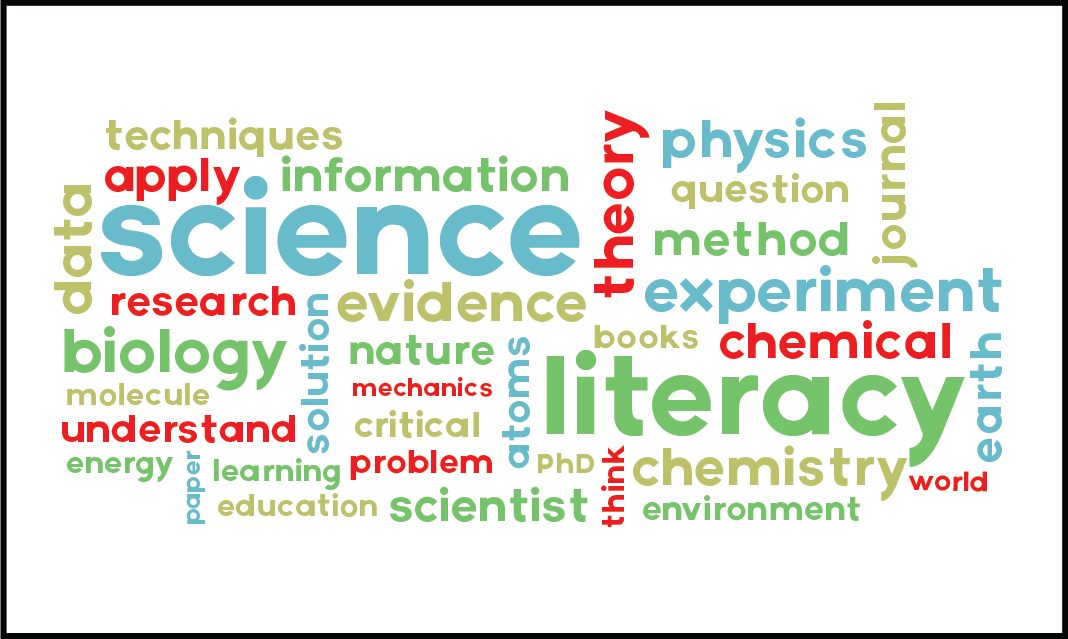On April 2, 2014, Jesse Hildebrand, an ecology major from the University of Toronto, wrote his last exam. Generally, on the day after our last exam as undergraduates, most of us would sleep in, go out with friends, or satisfy our binge-watching desires. Hildebrand, however, set out to start off one of Canada’s most popular science events—the Science Literacy Week.
On April 3, 2014, Hildebrand walked into the E.J. Pratt Library at Victoria College, and proposed to the librarians that for just one week, they display science literacy books instead of popular young adult fiction.
The librarians agreed.
“Librarians are the most wonderful people,” Hildebrand told The Medium. “No really, they are cooperative and always ready to help you out with anything. They just know so much.”
Hildebrand reached out to a few more libraries, and then started the Science Literacy Week with four libraries—York University Libraries, Toronto Public Library, Mississauga Public Libraries, and the University of Toronto Libraries. This year, Science Literacy Week is spanning over 60 cities across Canada and hosting 420 events.
How did a two-city plan expand so quickly? Hildebrand chalks it off to luck.
“People were tremendously excited,” said Hildebrand. “I just reached out and they agreed. Getting people involved was not at all difficult. There was a need for improving scientific literacy, and I just happened to have an idea that could do something about it.”
UTM has been actively involved in SLW since 2014, and time has only increased UTM’s dedication.
Andrew Nicholson, a SLW Working Group member at UTM, shared with The Medium that the Hazel McCallion Academic Learning Centre has a lot planned for the week, which will run from September 19-25, 2016.
“The theme for this year is past, present, and future,” said Nicholson. “It was selected by the Science Literacy Week Working Group and focuses on the progression of science throughout the years.”
Activities will include tours of the new research-based greenhouse (located next to the library) by Dr. Steven Chatfield, a trip to the Credit River Valley by Dr. Dan Schulze, and a session on the 445 million-years-old fossils of UTM by Vikram Chochinov, of the J. Tuzo Wilson Club at UTM.
UTM is also receiving help from the Let’s Talk Science organization—specifically its Mississauga branch. LTS is a prominent national organization that focuses on promoting involvement in science, technology, engineering, and mathematics (STEM).
Arjan Banerjee, of UTM Let’s Talk Science, shared with The Medium that LTS will be conducting live scientific demonstrations similar to those that have attracted large crowds over the past two years. Last year, demonstrations included DNA extraction and 3D printing.
Banerjee stated that SLW was one of LTS’s most successful events last year, and that it targeted more than just science students.
“That’s what outreach is about,” said Banerjee. “Science students are already indoctrinated with advancements in technology and the importance of scientific literacy. However, Science Literacy Week reaches out to people from other disciplines, and they enjoy it.”
Banerjee’s observations of the week matched Hildebrand’s goals.
When asked about what he was trying to achieve with SLW, Hildebrand said, “I want people to come out of the week knowing that science is fun, exciting, and accessible to everyone. It would be great for everyone who isn’t a scientist to become more aware of scientific literacy. And that’s for all disciplines—not just science. The more well-rounded people are, the better the world will become.”
Hildebrand was modest when taking credit for the success of SLW.
“I’m just the guy behind a computer who sends out lots of emails,” he said. “It’s the organizations and institutions involved that make this week great.”
“For three years running,” Hildebrand added, “UTM has been one of the most participative libraries. It’s active and reaches out to its community. Last year, they got professors to name their favourite books and put them on display as recommendations. As for Let’s Talk Science, it is such an incredible organization.”
The main benefit of LTS, as Hildebrand noted, was that “it’s been around forever”. LTS has experience in promoting STEM and conducting engaging activities within classrooms and public libraries.
Outside of UTM, SLW has many events planned. An exciting addition this year is the dissection of a beaver in Vancouver and more nature-focused events, such as capturing birds and releasing them.
For the past two years, SLW has been entirely voluntary. This year, however, the National Sciences and Engineering Research Council of Canada is paying Hildebrand.
“Their paying me has, more than anything else, enabled me to commit full-time to the week and work on making it grow,” he said.
“[NSERC] helped build the website with their own staff, but the funds they’ve provided me did not, nor are they being used to help run events. They’re paying me to bring the week to life, but all the costs involved in bringing individual events to fruition are borne by the participating institutions.”



